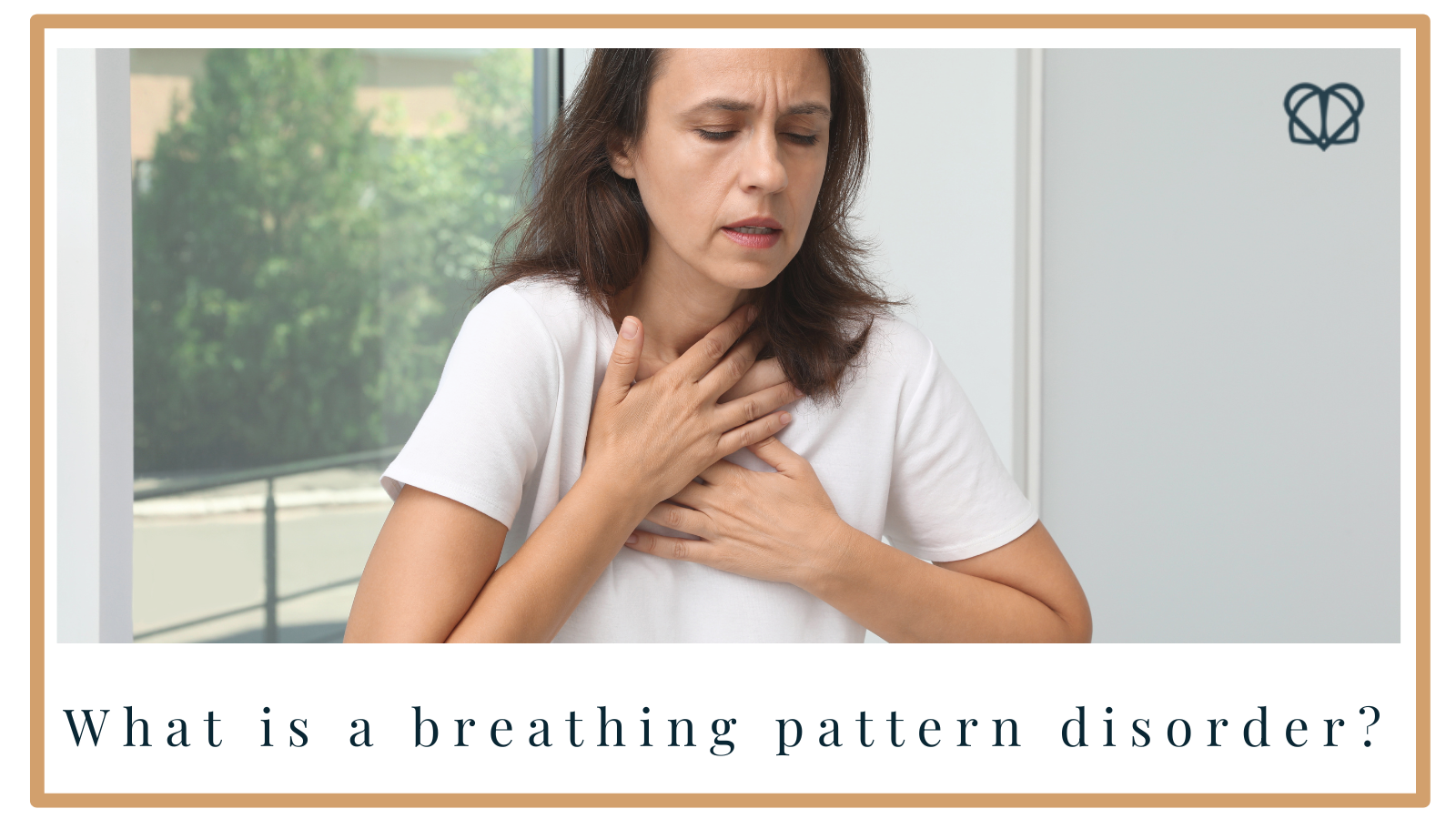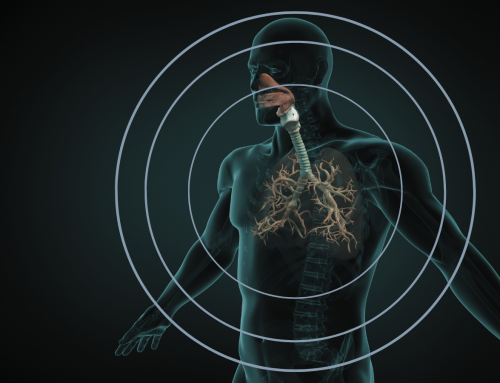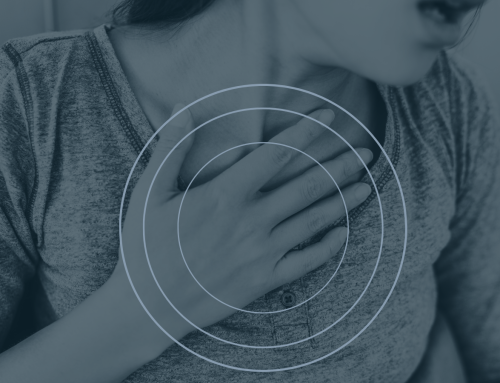Most of us take breathing for granted – something that happens automatically, giving our body the oxygen needed to survive. But when this natural process is disrupted, it can lead to discomfort and a range of other symptoms. This disruption is called Breathing Pattern Disorder (BPD). It’s a condition that we commonly treat at Air Physiotherapy, so we’d like to take the time to explain what it is, what triggers it and what you can do to resolve it.
What is it?
Breathing pattern disorder refers to an irregular breathing pattern that can be caused by different triggers. Sometimes patients come to us asking if BPD is “all in your head” but it most definitely isn’t – it’s a physiological issue where your body’s natural rhythm of breathing becomes out of sync.
In normal breathing, the diaphragm—a large muscle at the base of your lungs—does most of the work. When a person has BPD, they may start using muscles in their upper chest to breathe, rather than using the diaphragm. This shift in how you breathe can lead to shallow, rapid breathing, or even breaths that are too deep. People may also find themselves breathing more through their mouths instead of their noses. These changes in breathing patterns can trigger a range of symptoms.
Symptoms of breathing pattern disorder
BPD can present a wide range of symptoms, some of which can be mistaken for other issues. Some of the most common symptoms include:
- Headaches
- Air hunger (feeling as though you’re not getting enough air)
- Sighing or yawning excessively
- Tightness in the chest
- Asthma-like symptoms
- Cramps or tremors
- Panic attacks
- Excess gas
- Dizziness or fainting
- Coughing or a dry throat
- Palpitations (noticeable or irregular heartbeats)
- Weakness or fatigue
- Chest pain
- Feelings of unreality or detachment
- Pins and needles in the fingers or toes
Because the symptoms are so varied, many people with BPD can go undiagnosed for some time, often seeking treatment for the symptoms individually rather than addressing the root cause.
What causes BPD?
There are four main categories when it comes to triggers that cause BPD
- Psychological factors
Stress, anxiety, and depression can all interfere with your breathing rhythm. When you’re stressed or anxious, it’s common to breathe faster and with more shallow breaths. Over time, this altered breathing pattern can become a habit, which can make your symptoms chronic. - Medical conditions
Several health conditions can lead to BPD. Asthma, anaemia (low iron levels), pneumonia, chronic obstructive pulmonary disease (COPD), and blood clots in the lungs are just a few examples. Even conditions that affect lung function indirectly, such as fluid on the lungs, can contribute to disordered breathing patterns. - Drugs and medications
Some medications can trigger BPD. This includes drugs like Ventolin inhalers, which are used to treat asthma, or hormonal treatments like progesterone. Non-medical substances like nicotine, alcohol, and caffeine may also disrupt your breathing rhythm. - Other factors
High altitude, fever, and exercise can all affect your breathing pattern. Even natural hormonal fluctuations, such as those that occur during the menstrual cycle, can play a role.
BPD can develop without any underlying medical condition. In fact, many people with BPD are otherwise healthy but experience symptoms due to stress or other non-disease-related factors.
Diagnosing BPD
If you feel you may have BPD, you may want to check your current breathing pattern.
You can do this by following these instructions https://www.youtube.com/
You can also make an appointment with one of our respiratory physiotherapists who will look at how you breathe, how often you breathe, and whether you’re using the right muscles for the job.
Can breathing pattern disorder be treated?
Treatment for BPD is highly effective, and many people often find significant relief from their symptoms once they start addressing the underlying issues. The most effective treatment for BPD is respiratory physiotherapy.
Respiratory physiotherapy focuses on retraining your body to breathe properly. When you work with a respiratory physiotherapist, they will first assess your current breathing pattern. They’ll also look at any triggers or factors that might be contributing to the problem. Once these are identified, the physiotherapist will create a personalised treatment plan for you. This plan often includes:
- Breathing exercises to help retrain your diaphragm and encourage nose breathing rather than mouth breathing.
- Muscle strengthening or relaxation techniques to address any tension or weakness in the muscles that support proper breathing.
- Lifestyle changes that might help reduce the stress or triggers that are affecting your breathing. This could include stress management techniques, posture correction, or dietary adjustments if substances like caffeine are a factor.
The importance of staying committed
Treatment for BPD is not a quick fix. You’ll need to commit to regular practice of the exercises and techniques your physiotherapist gives you. Many people find that their breathing improves gradually over time and the symptoms that have been causing discomfort start to fade. However, it’s essential to stay consistent with your treatment, as you may find those old habits creep back in if the exercises aren’t maintained.
Working on your breathing can reap huge benefits, not only in terms of your breathing pattern returning to normal, but many patients also report feeling less stressed and more at ease overall.
If you’re experiencing any of the symptoms of breathing pattern disorder call 0207 971 1464 to find out more, or to book your appointment click here.





